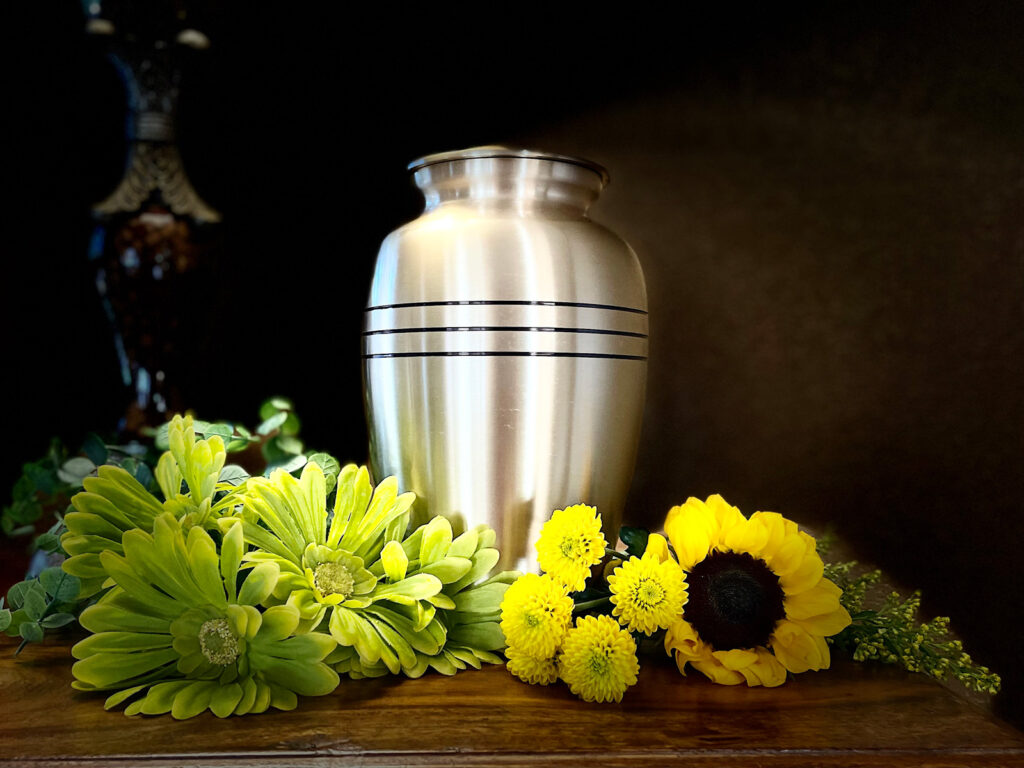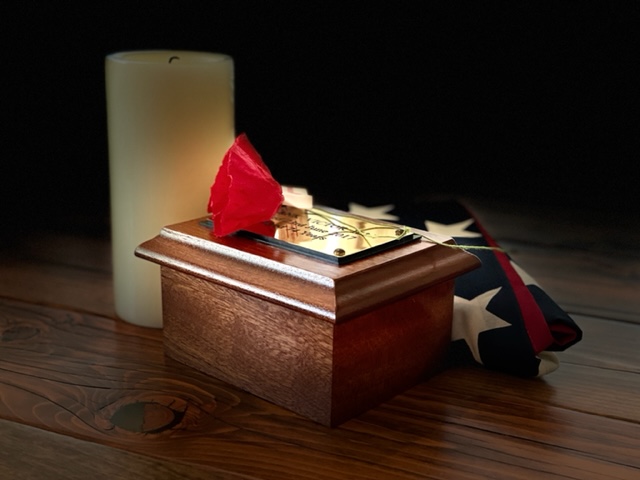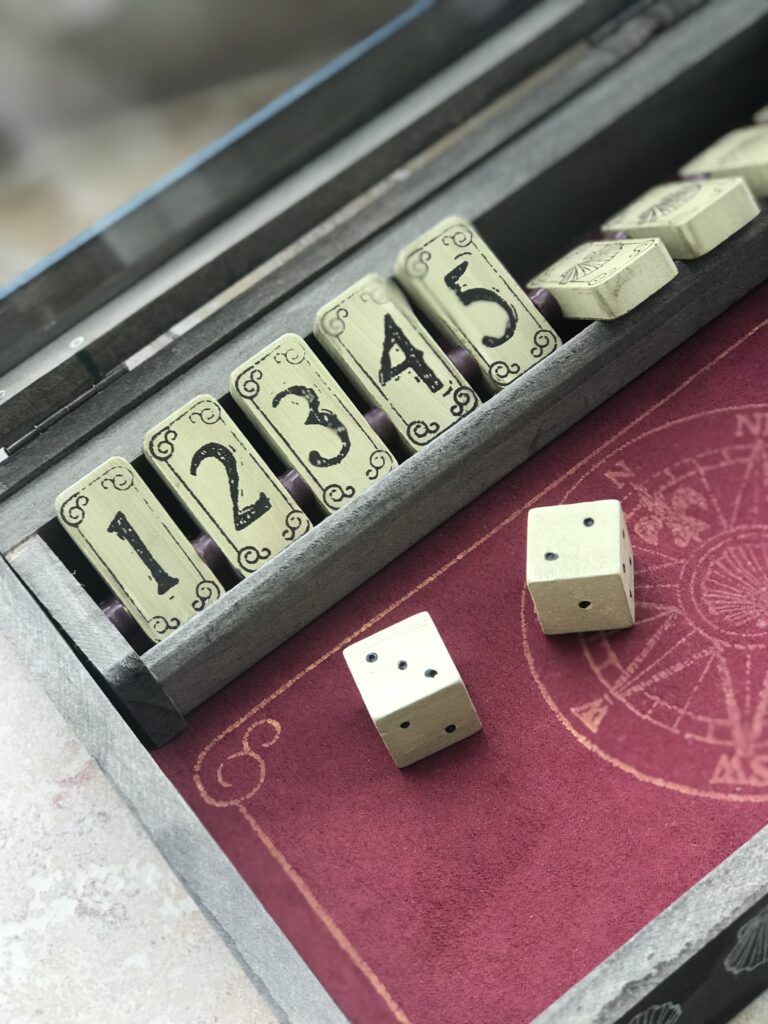Funeral resources & articles
Resource article categories:

The Role of Death Doulas in the United States: Cremation & Death Care Services in Holistic Flux
Funeral Industry, Hospice & Social Work Resources
June 28, 2025

Cremation Costs in 2025: How cremation continues to disrupt the Funeral Industry
Cremation News, Funeral Industry, How to Save Money on Funerals
June 2, 2025

How is cremation changing the funeral industry in 2024?
Cheap Cremation, Cremation News, Funeral Industry
April 11, 2024
5 Funeral Trends that are changing death care traditions as we know them
Direct Cremation, Funeral Industry, Funeral Planning, Home Funeral Care
February 4, 2023
The Funeral Industry, death-care practices, and cremation in the face of Corona Virus.
Cremation News, Direct Cremation, Funeral Industry
March 24, 2020